With the costs of purchased feeds at record levels, there has never been a more important time to challenge how much milk you can achieve from grazed grass. Here, Kingshay gives us some tips on managing the transition to grazing and feeding for performance.
Feeding for performance
Dry Matter: The dry matter content of grass in spring can be below 10%. Whilst out of our control, it’s influence on BCS, fertility, milk yield and quality needs understanding.
Fatty Acids & Excess Protein: Spring grass contains high levels of unsaturated fatty acids which negatively affect milk fat percentage. Grass generally has a high crude protein level, particularly after fertiliser application. This is largely rumen digestable protein and will result in high urea levels, negatively affecting body condition, fertility and hoof health.
Buffer Feeding: Starch-based forages such as maize silage are a great combination with grass. High dry matter digestibility grass silage (>28% DM) is also highly effective.
Supplementary Feeding: A concentrate with 14 to 16% crude protein, with a highly digestible fibre content, a good source of energy, and a source of bypass protein can help meet the energy demands of early lactation.
Magnesium: Cows are at high risk of grass staggers particularly during cold and wet weather on fast-growing, lush grass. They should be supplemented with 30g per animal of magnesium per day during the risk period. Spring grass has low structural fibre, this can challenge rumen function, causing acute or sub-acute Rumen Acidosis which impacts production.
Monitoring to make informed decisions
Regularly checking cows throughout the grazing season, and particularly in early lactation, is essential as changes can indicate an imbalance in the diet.
- Body condition – cows losing excessive body condition can point to insufficient feed intake, a possible metabolic disorder, health issue or sub-optimal rumen function.
- Dung consistency – loose, bubbly dung with undigested fibre in it is indicative of poor rumen function, as is presence of cud balls in collecting yards or cubicles.
- Cudding rates – More than 65% of the herd should be lying down chewing the cud 2 to 3 hours after milking.
- General health status – Are the cows looking fit, healthy, and alert?
Moving into May
Milk constituents: Monitor bulk tank milk collections for average yields and constituents. A fall in butterfat or protein of 0.3% or greater in one week is a warning sign for poor rumen function and potentially the occurrence of SARA. It is also useful to keep an eye on the butterfat to protein ratio to ensure that this falls within the optimum range of circa 1.2:1.
Grass: There is no substitute for measuring and monitoring your own grass – taking regular sward samples reveals the true nutritional value of grazing. Monitoring the nutritional quality of grazing across all fields as the season progresses helps to ensure that cow rations are adequately balanced.
On / off grazing will also have even more benefits moving into better conditions – more information on this in future newsletters.
Key points:
- Plan ahead to maximise the use of the cheapest feed you have – grass!
- Feeding appropriate forages and concentrates alongside spring grass to make up any shortfall in requirements.
- Regular monitoring, adjustments and analysis will be needed due to the variability of grass.
- As with all costs, they will vary from farm to farm, so when deciding whether a change is economically beneficial, it is always best to calculate the costs for your own business.
To gain access to all Kingshay publications become a Kingshay member more details at www.kingshay.com/join/
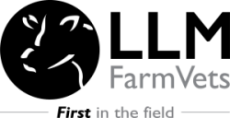
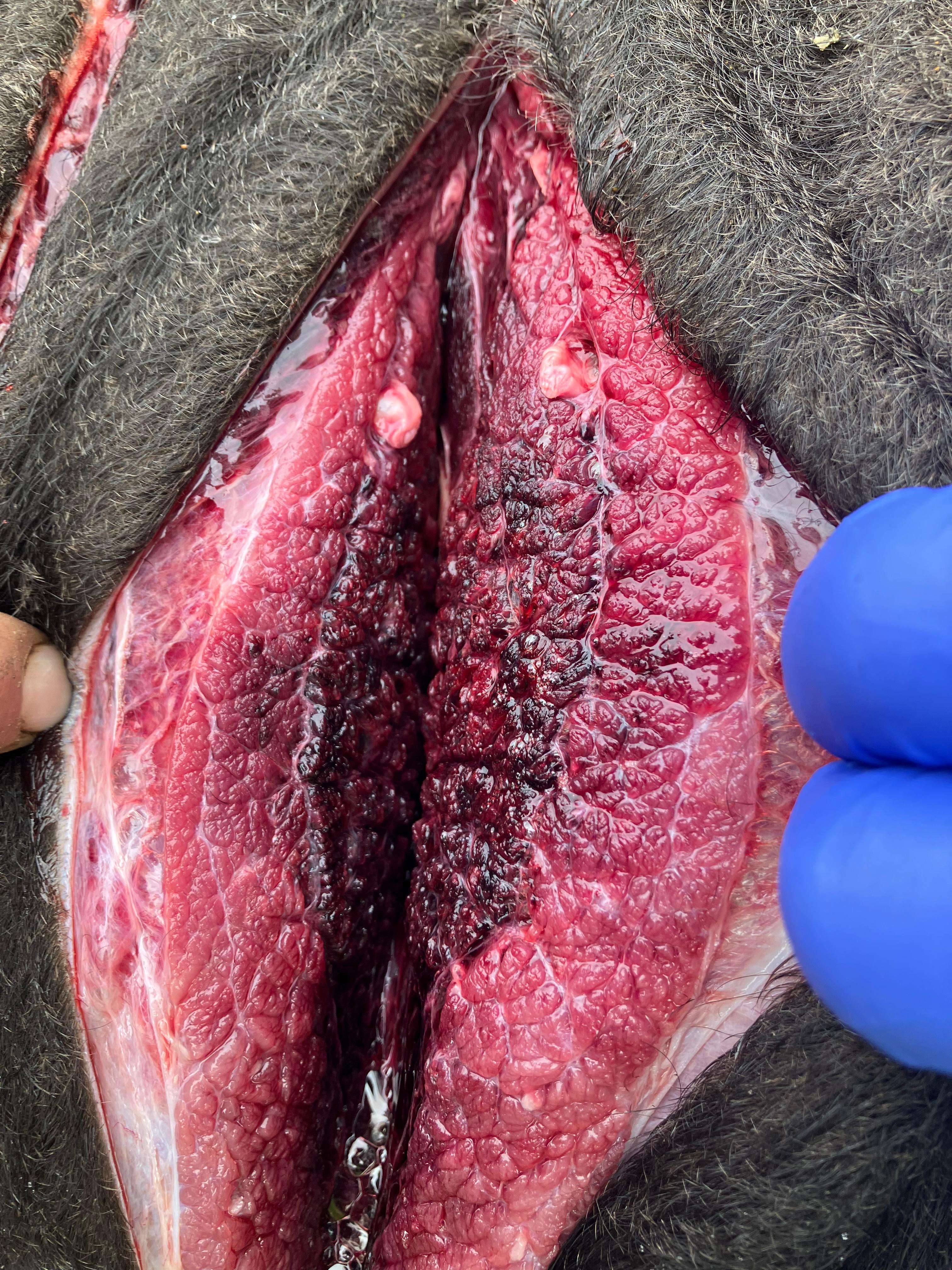

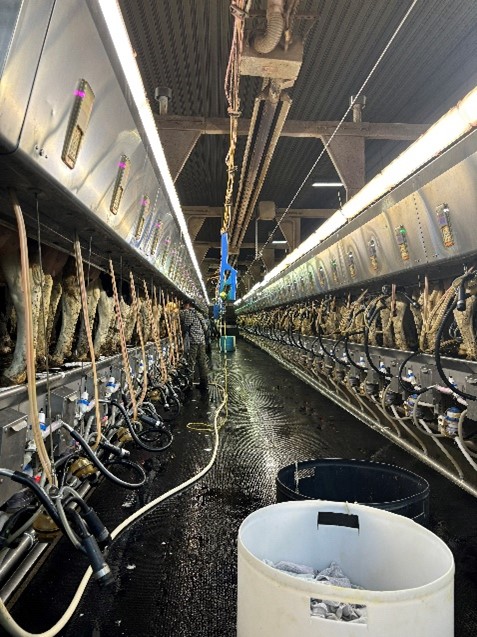
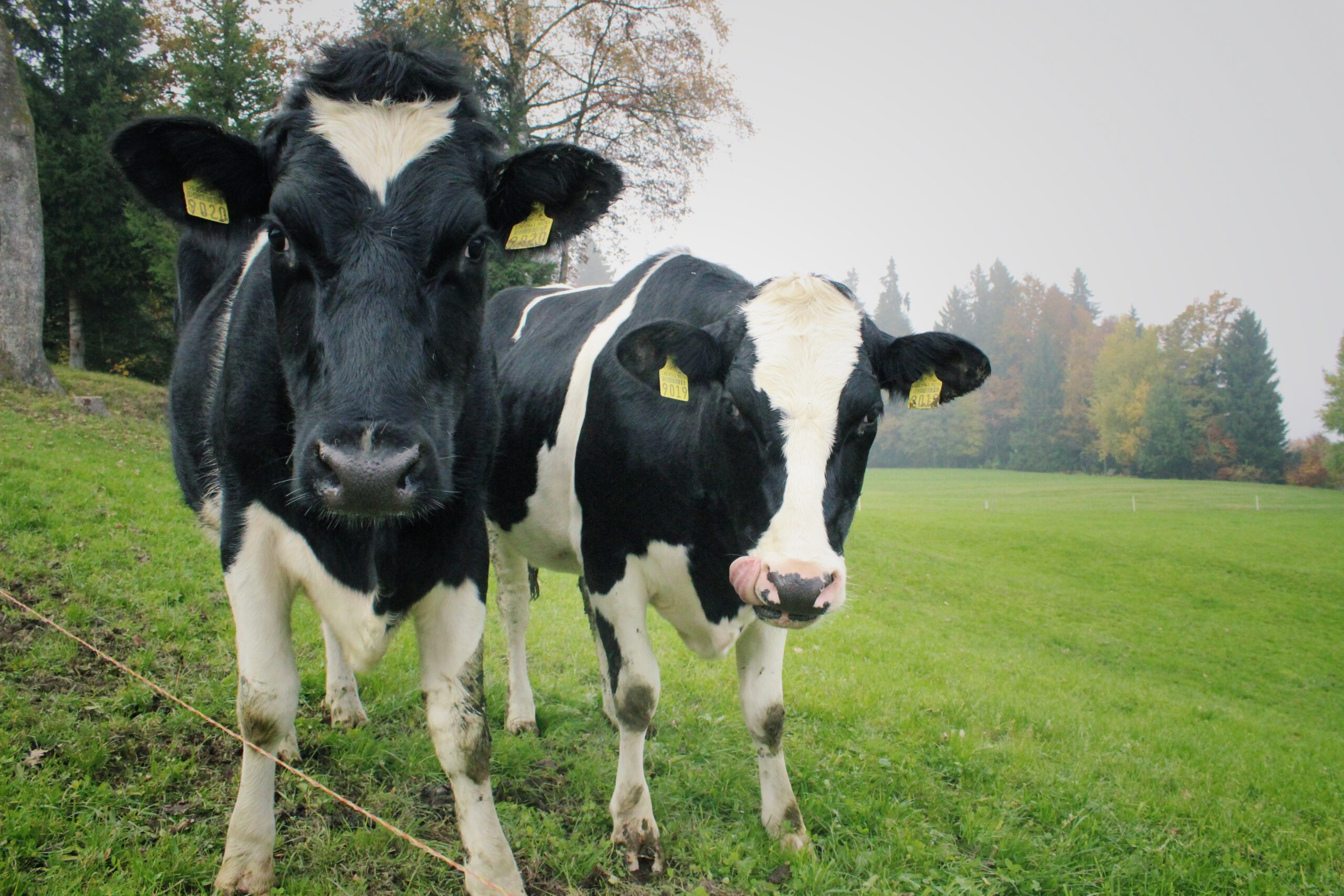
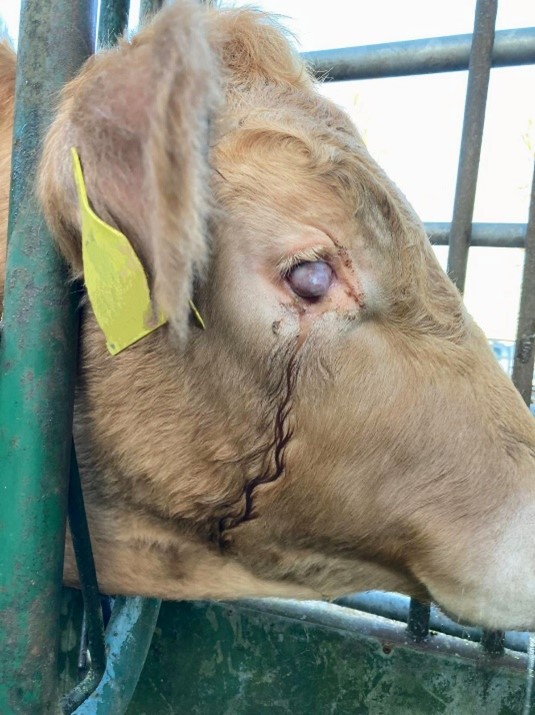

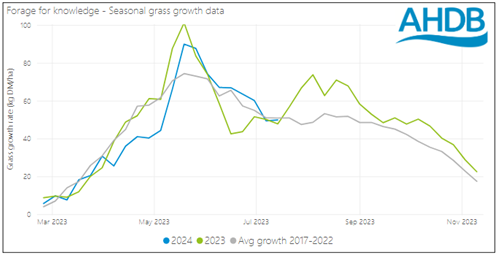
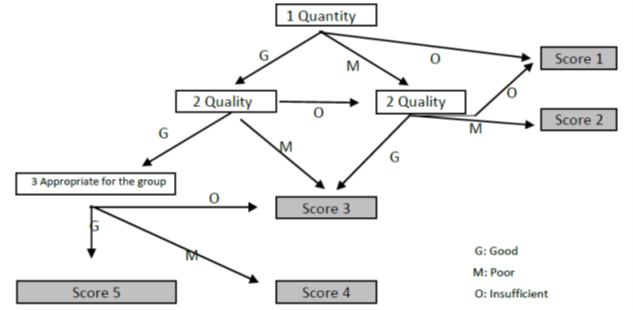

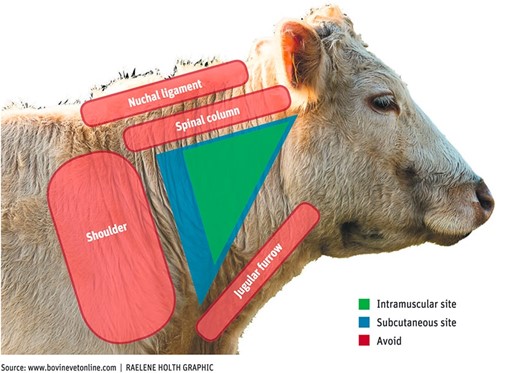
Leave A Comment